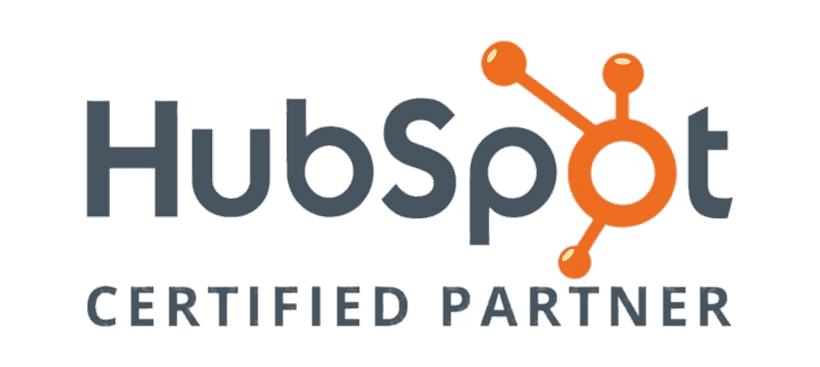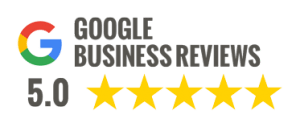WHAT IS SEARCH ENGINE MARKETING?
When you think of search engine marketing, think of pay-per-click services. Search engine marketing is gaining traffic from search engines through paid efforts. It's one of the most effective ways to grow your business in a short time by paying to appear on search engine results pages. Advertisers bid on keywords that users are entering into search engines, which gives them the opportunity for their ads to appear within the search results. The way they bid and the quality of their campaigns will determine where they show up in those results.
SEARCH ENGINE MARKETING BLOG POSTS
KEYWORDS AND ACCOUNT STRUCTURE
The foundation of search engine marketing is your keywords. This is what you are bidding on in Google Adwords. While you can combine organic and paid efforts, most advertisers go after users who are in three buckets of search intent: navigational, transactional and commercial investigation.
REVIEWING THE SEARCH INTENT
Navigational intent is when a user is trying to find a specific website. The user has an exact website in mind. This is very important for companies to understand because they should be bidding on their company name. Otherwise, competitor ads can show up higher than yours. Branded keywords tend to drive both clicks and conversions.
Transactional intent is used to find the best purchase. These keywords may include product names, or they can be generic but related products. These are great keywords to target in your campaigns, especially for those of you who are targeting specific locations.
If you have an ecommerce website with lots of product pages, you’ll want to make sure all your pages are optimized for dynamic ads. When there are lots of campaigns and ad groups to create, dynamic ads are usually the best.
Depending on your strategy, text ads can be extremely customizable and flexible. Therefore, while advertisers go after those three buckets of intent, a digital marketing professional can use text ads to target other stages in the funnel.
Transactional and commercial are at the bottom of the funnel. By using other types of keywords, you can see what works for your audience sooner than later. Search engine optimization can take six months on average to catch on, so this could be a good short-term solution for testing audiences and your website’s conversion funnel.
To learn more about the structure of a Google Adwords campaign, listen to this podcast, where Ashley Schweigert talks about the frustrations and different elements:
ANALYZING DATA FOR INDICATING PERFORMANCE
Google Adwords can be overwhelming if you don’t understand how to look at the data. It is imperative to look at dynamic data over static data. Dynamic will show you the bigger picture. While it’s great to look at each individual keyword, it’s even better to look at the bigger story by looking at the campaign as a whole. The data will tell you about what is appealing to your audience. Here are the key pieces of data to look at in your campaigns:
Number of Impressions
If you have too many impressions, your keywords may not be targeting enough. You also want to make sure your budget isn’t limiting traffic. If your budget is being exhausted before the end of the day, Google will stop showing your ads. Additionally, your bid amount and quality score can prevent your ads from showing.
CLICKS AND CLICK-THROUGH RATE
If users aren’t clicking on your ads, the copy might not be appealing enough to them. Click-through rate will show if you are communicating effective and relevant messages to encourage users to go to the next step.
Number of Conversions and Cost Per Acquisition
The amount you pay for a conversion is cost per acquisition. This metric will help you to determine the return of investment. It will tell you something about your website. If you have a lot of clicks but not a lot of conversions, your landing page experience could be poor. It also might not be what the users were expecting, which is why your landing pages need to be as direct as possible.
The cost is determined by your quality score. By making improvements to your quality score, you can improve your cost per acquisition. The score is Google’s rating on the quality and relevance of your keywords and ads. Usually, seven and higher keywords have a good quality score.
ASSESSING YOUR CAMPAIGN’S STRUCTURE
When you create your campaigns, they should align to your website, especially if it was created according to the modern-day funnel. However, not all websites are, which is why unique landing pages may be an option. Your pages need to be as targeted as possible. They also need to be created in a way to drive conversions, meaning there’s credibility and easy to find call to actions.
Your keyword research will tell you something about your audience. Your ad groups could be divided by keywords that have similar meaning but different variations. Each ad group will target a different set of ads, which is why the keywords need to be as relevant as possible.
You can also create campaigns based on a location. By targeting geographic locations, you’ll be able to create keywords that are being used in specific areas. This is also a good way to make sure you are effectively using your budget. If you only service specific areas, you would only want your ads to show to people in those areas.
HOW BIDDING WORKS
It’s not always about who has the largest budget. While a large advertising budget can be an advantage, it’s not a requirement for search ads. All ads go through the ad auction before appearing in search results. The auction takes place every time a user enters a search in Google. In order to be entered into the auction, advertisers bid on keywords and enter how much they are willing to spend to have their ads appear for those keywords.
All your ads won’t appear on all related searches because of the factors taken into consideration by the auction, which include maximum bid and quality score. Therefore, making sure you have the right budget is important and so is the quality of your campaigns.
Quality score is a big metric to watch as it not only determines if your ads show, but it also determines where the ad will rank. This metric can help you to achieve a better ad position at lower costs because Google wants high relevancy.
LANDING PAGES THAT CONVERT
When creating a landing page for Google Adwords, it must have a clean and organized design. The structure should be easy to follow, as this will have the biggest impact on conversions. Remember, the goal of your landing page is to make it easy for the user to find what they need so they convert. Therefore, all the elements on your web page should work towards the conversion objective.
Most importantly, your landing page design will make smart use of color and eye-catching images. Button colors can vary depending on industry. However, Marcom Content by Ashley, LLC ™ (MCA) finds colors green and orange work the best on e-commerce websites. Red can mean stop to a lot of people, so they recommend testing your call to action buttons to see what colors work for your industry and audience.
A nice header image, outlining the value of the offer, can also help your audience make that final decision. The most effective landing pages confirm the offer with a headline and use the sub heading for further explanation. You don’t have long to convince your users to buy, so it’s imperative to have that value proposition stick out.


